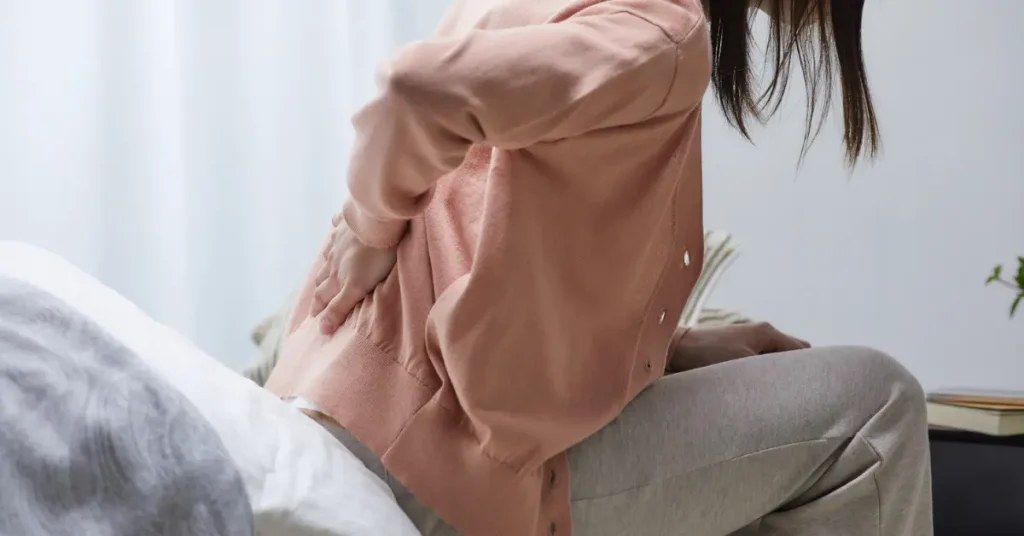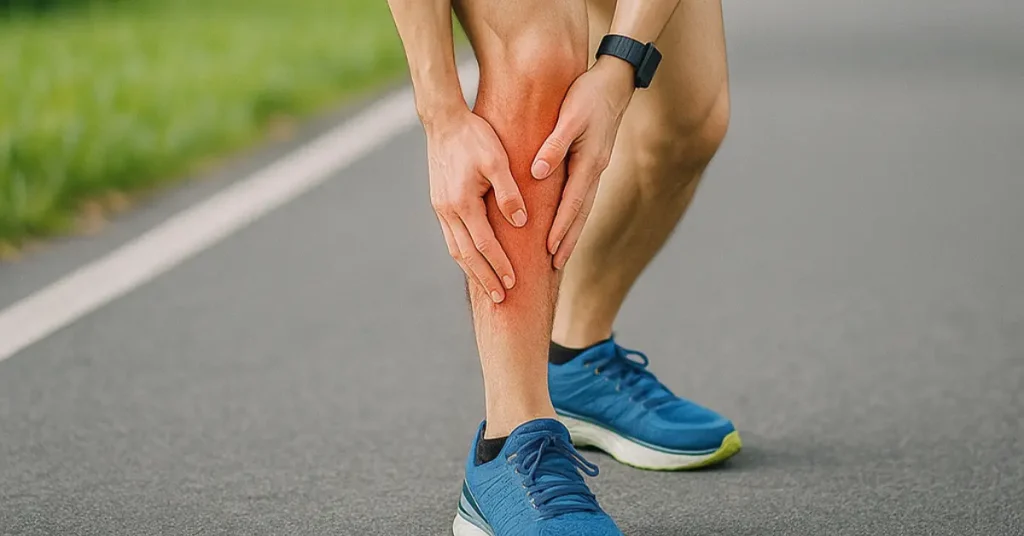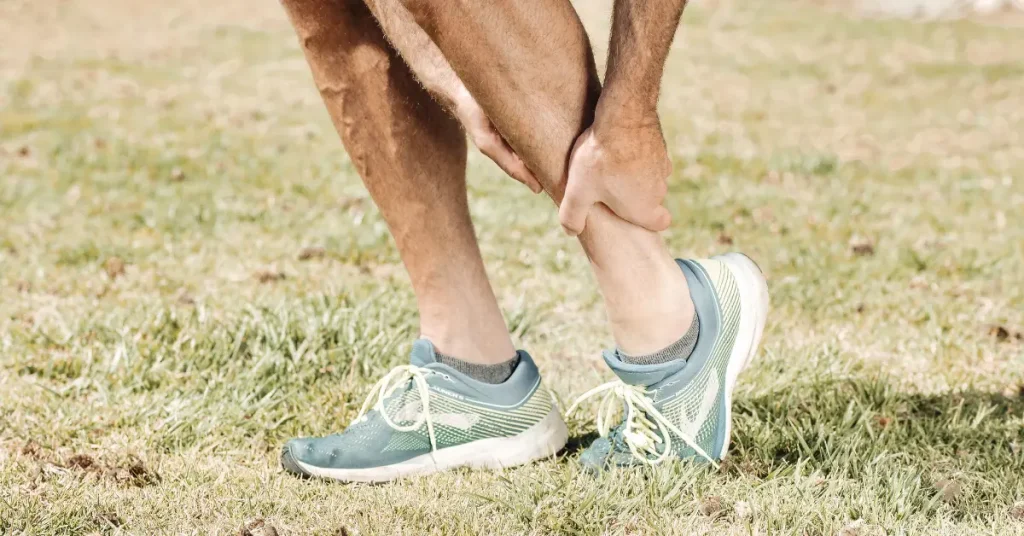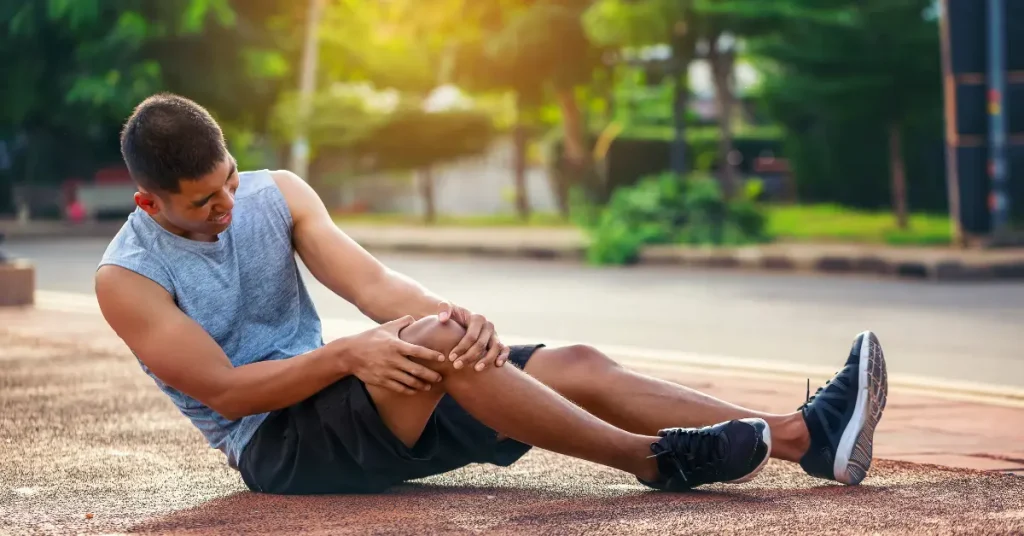Do you wake in the morning to a dull throb sore on your lower back or hips? Do you get a sudden, sharp feeling stepping up, down, or simply rolling over in bed? This pain is not the usual backache. It may be sacroiliac (SI) joint pain.
This pain is often confused with sciatica or slipped discs. If you are residing in Chennai and have prolonged pain, probably around your lower spine or buttocks, it should be properly diagnosed. A proper treatment can relieve you from this chronic pain.
What is Sacroiliac Joint Pain?
The sacroiliac joints lie between the pelvis and sacrum (that small triangular bone in the back of the spine). They stabilise the lower body and absorb shocks, thereby preventing shocks when you walk and stand.
When these joints become inflamed and out of alignment or strained from walking or standing are the times they stop doing their job properly. That is where your pain starts, and life gets in the way.
What Causes SI Joint Pain?
Here are a few possible reasons why your SI joint may be getting restless:
- Injury or trauma: A fall, an accident, or any forceful impact.
- Pregnancy or childbirth: Pressure and hormonal changes alter the pelvis.
- Arthritic wear: Conditions like osteoarthritis or ankylosing spondylitis.
- Unequal leg length or walking habits: Creates extra stress on one side.
- Poor posture or heavy lifting: Strains muscles and joints over time.
- Rare causes: Some infections can inflame the joint, though less commonly.
Symptoms of SI Joint Pain
Wondering if your pain is coming from your SI joint? Here are some usual signs:
- Deep ache in the lower back, hips, or buttocks on one side.
- Sharp discomfort during movements like standing up, walking, or turning.
- Morning stiffness or trouble moving after sitting.
- Numbness or tingling in your leg.
- Pain gets worse after long sitting sessions.
These usually coincide with sciatica, but the cause is elsewhere, in the SI joint, not the sciatic nerve.
When to Get Expert Assistance in Chennai
Mild pain might get better with rest, but you should see a specialist if:
- The pain persists for more than a week or two.
- It prevents you from doing your daily activities.
- Rest and home remedies are of no use.
- You experience other symptoms such as fever or mysterious weight loss.
Early treatment stops pain from becoming chronic. Chennai has advanced spine and pain clinics like Dr. Ahamed’s Apple clinic to diagnose and treat SI joint problems.
Best Methods to Treat SI Joint Pain in Chennai
Treatment varies depending on the cause and severity. The majority of people improve with non-surgical treatments, but surgery is an option only if other treatments are not successful.
Non-Surgical Treatments
Physical Therapy
Gentle exercises and guided stretching build up the supporting muscles, enhance posture, and reduce inflammation.
Heat and Cold Therapy
Switch warm and cool packs at home to alleviate stiffness and swelling.
Radiofrequency Ablation (RFA)
This minimally invasive procedure employs heat to prevent pain signals and is beneficial if injections are of short-term value.
Lifestyle Modifications
Wear a sacroiliac belt, limit sitting for long periods, and change to low-impact pursuits such as swimming or walking.
Why Dr. Ahamed’s APPLE Clinic in Chennai?
For personalised care that heals you as an individual, not only an injury, Dr. Ahamed’s APPLE Clinic excels in employing straightforward but advanced medical equipment to locate the cause of your pain. We create a treatment plan that can involve exercises, injections, or supportive equipment. Our staff listens attentively to you and outlines each step. The Chennai location of the clinic simplifies your scheduling and follow-up.
Schedule an Appointment now to speak with a specialist who knows SI joint pain.
Conclusion
Sacroiliac joint pain may seem like just another back problem, but it can disrupt your sleep, work, and serenity. The good news? Following the prompt and specific treatment, there is indeed complete healing for most people. If you are in Chennai and your chronic lower back pain or hip pain is keeping you bowed, don’t delay. Early diagnosis and treatment can get you back on the road toward comfort and mobility.




